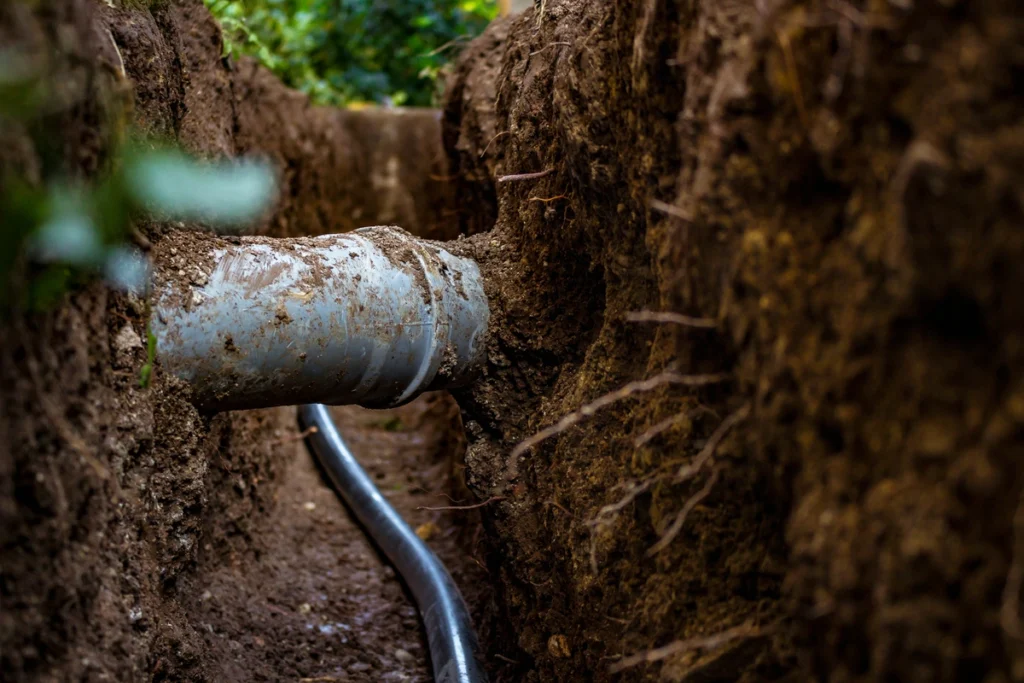Replacing a sewer line is a significant undertaking for any homeowner. Understanding the process involved can help alleviate concerns and prepare for what lies ahead. Sewer line replacement service involves careful planning, execution, and follow-up to ensure the plumbing system functions optimally. This article aims to provide a comprehensive overview of what to expect during sewer line replacement projects, outlining the stages involved, potential challenges, and tips for a smooth experience.
Initial Assessment and Planning
The first step in any sewer line replacement project involves an initial assessment. A qualified sewer line replacement service will typically begin with a thorough inspection of your existing sewer line. This inspection often employs advanced techniques such as video camera inspections, which allow technicians to visualize the condition of the pipes without invasive methods. Through this inspection, they can identify issues like cracks, blockages, or corrosion, determining whether replacement is necessary.
Once the inspection is complete, the service provider will provide a detailed report outlining the findings. This report may include recommendations for replacement, options for repair if applicable, and a cost estimate for the project. During this planning phase, it is crucial to communicate with the service provider regarding your concerns and preferences. Discussing timelines, costs, and the specific materials to be used can help ensure that the project aligns with your expectations.
The planning stage also includes obtaining any necessary permits. Most local governments require permits for sewer line replacement projects to ensure compliance with plumbing codes and regulations. Your sewer line replacement service should handle this process, but it’s essential to confirm that they do to avoid delays.
The Replacement Process
Once the planning and assessment stages are complete, the actual replacement process can begin. Depending on the extent of the damage, the project may involve either trenchless or traditional methods. Trenchless technology allows for the replacement of sewer lines with minimal disruption to your yard or landscaping. This method involves creating small access points and using specialized equipment to replace the old pipe with new material. Trenchless replacement is often quicker and less invasive, making it a preferred option for many homeowners.
In contrast, traditional replacement methods involve digging a trench to access the entire length of the sewer line. This method can be more disruptive to your yard and landscape but may be necessary in some cases where severe damage is present. Your sewer line replacement service will assess which method is best suited for your specific situation.
During the replacement process, it is essential to stay informed about the progress. The service provider should communicate updates and any unexpected issues that arise. This transparency helps you feel involved in the project and ensures that you are aware of any changes to the timeline or costs.
Post-Replacement Considerations
After the new sewer line has been installed, the focus shifts to restoring the area impacted by the work. If traditional methods were used, your yard may require significant restoration. The service provider will typically fill in the trench and level the soil, but it’s a good idea to ask about any landscaping repairs that may be necessary. Your contractor should provide guidance on the best steps to take to ensure the area returns to its original state.
In addition to physical restoration, it is crucial to schedule a follow-up inspection. A thorough inspection after the replacement ensures that the new sewer line is functioning correctly. This step also provides an opportunity to address any remaining concerns or questions you may have about the work done.
Regular maintenance after the sewer lines replacement is vital for ensuring its longevity. Your sewer lines replacement service may offer recommendations for routine inspections and maintenance practices. This proactive approach can prevent future issues and extend the life of your new sewer lines.
Conclusion
Understanding what to expect during sewer line replacement projects can significantly reduce stress and anxiety for homeowners. From the initial assessment and planning to the replacement process and post-project considerations, being informed enables you to engage fully in the project. Ensuring you have a qualified sewer line replacement service will lead to a smoother experience and ultimately result in a functional plumbing system that serves your home effectively. The keyword sewer line replacement service should remain a top consideration for homeowners seeking to maintain the integrity of their plumbing system and avoid future complications. By taking these steps, you can ensure that your sewer line replacement is successful and meets your long-term needs.



